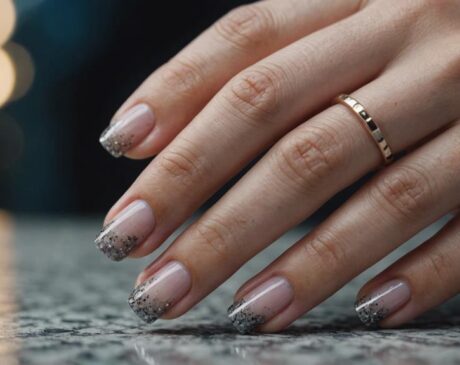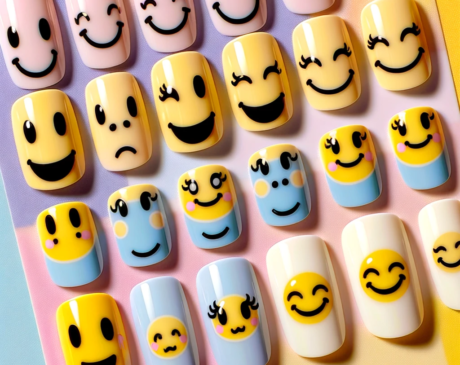What Is the Difference Between a Nail Lamp and a UV Lamp?
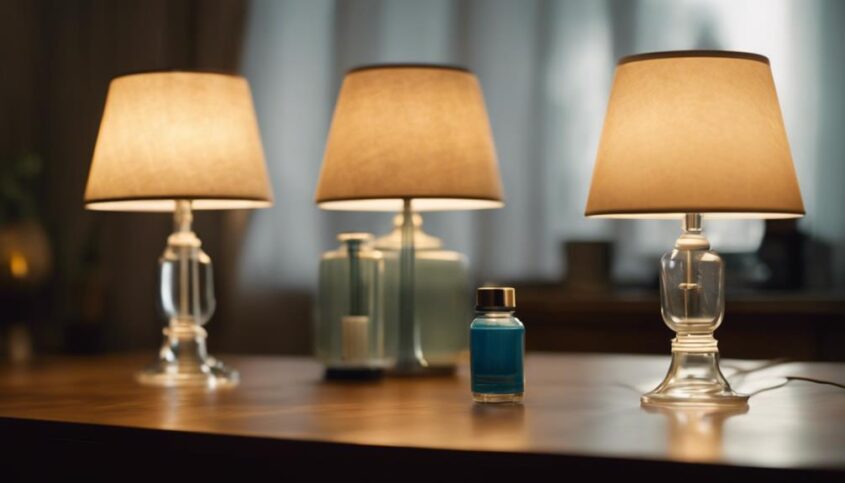
If you're choosing between a nail lamp and a UV lamp, here's a quick rundown: Nail lamps use LED technology for speedy curing, while UV lamps rely on UV bulbs. LEDs offer faster and more durable results, with preset curing times for various gel polish brands. UV bulbs emit a broader spectrum, leading to longer curing times and compatibility with a wider range of gel types. Nail lamps are known for safety features like timers and motion sensors. Consider these points for efficient gel curing. Further info awaits on the nuances of each lamp type.
Key Takeaways
- Nail lamps use LED technology, while UV lamps use UV bulbs.
- LED lamps offer quicker curing times and longer lifespan.
- Nail lamps emit a narrow wavelength for efficient gel curing.
- UV lamps emit a broader spectrum, resulting in longer curing times.
- Nail lamps have safety features like automatic timers for optimal protection.
Nail Lamp Vs. UV Lamp: Overview

If you're new to the world of nail care, understanding the difference between a nail lamp and a UV lamp is essential. Nail lamps are specifically designed for curing gel nail polish efficiently, using LED or UV light technology. These lamps provide a quicker curing time, often in just 30-60 seconds per layer, making them perfect for those seeking fast and professional results at home. On the other hand, UV lamps use older technology that emits broader wavelengths, which can lead to longer curing times compared to nail lamps.
Nail lamps are known for their energy efficiency and durability, ensuring that your gel nails cure effectively without consuming excess power. UV lamps, while still effective, may require more frequent bulb changes and have a slightly higher energy consumption rate. When choosing between a nail lamp and a UV lamp, consider your priorities: speed, energy efficiency, and long-term maintenance. Ultimately, both options can provide you with stunning gel nails, but understanding their differences will help you make the best choice for your nail care routine.
Light Source Differences
When comparing nail lamps and UV lamps, the primary distinction lies in their light sources. Nail lamps typically use LED (Light Emitting Diode) technology, while UV lamps use traditional UV bulbs. LED technology offers quicker curing times and longer-lasting performance compared to UV bulbs. Here's a comparison in a table format:
| Light Source | Nail Lamp | UV Lamp |
|---|---|---|
| Type | LED | UV bulbs |
| Curing Time | Faster curing times | Slower curing times |
| Lifespan | Longer lifespan | Shorter lifespan |
| Energy Efficiency | More energy-efficient | Less energy-efficient |
LED nail lamps are favored for their efficiency and durability, making them a popular choice among nail professionals. UV lamps, although effective, are gradually being replaced by LED lamps due to their faster curing times and energy efficiency. Consider these differences in light sources when choosing between a nail lamp and a UV lamp for your nail curing needs.
Curing Process Variances
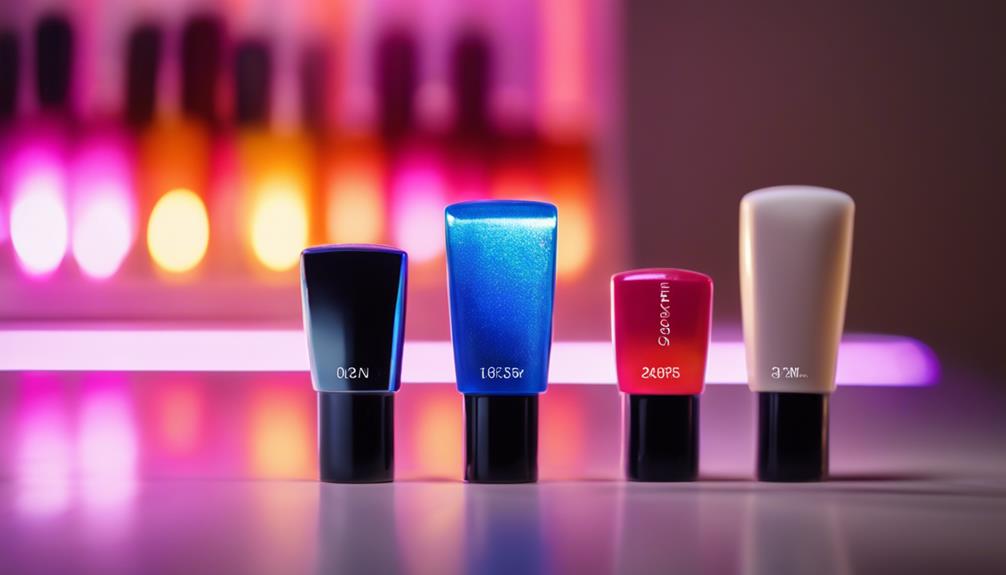
Moving on from the discussion on light sources, let's now explore the differences in curing process variances between nail lamps and UV lamps. When it comes to the curing process, nail lamps are specifically designed for curing gel nail polishes efficiently. These lamps emit a narrow wavelength range that targets the photoinitiators in the gel polish, activating the curing process effectively. On the other hand, UV lamps emit a broader spectrum of ultraviolet light, which can lead to longer curing times and potential heat spikes during the process. Nail lamps, with their precise wavelength output, often provide quicker and more consistent curing results compared to UV lamps. Additionally, nail lamps can offer different preset curing times optimized for various gel polish brands, ensuring a tailored curing experience. Understanding these curing process variances can help you choose the right lamp that aligns with your preferences for speed, efficiency, and quality in your nail curing process.
Compatibility With Gel Types
Determining the compatibility of gel types with nail lamps and UV lamps is crucial for achieving optimal curing results. Different gel polishes react uniquely to various wavelengths emitted by different lamps. Understanding which gel types work best with your chosen lamp can significantly impact the quality and durability of your manicure.
When selecting gel products, look for labels specifying compatibility with LED or UV lamps. LED lamps are known for their fast curing times, making them ideal for busy individuals seeking quick manicures. On the other hand, UV lamps are versatile and can cure a wide range of gel types, providing flexibility for experimenting with different brands.
Some gel polishes are formulated specifically for LED lamps, ensuring efficient curing and long-lasting results. If you prefer a broader range of gel options, UV lamps might be the better choice. Always check the gel type's instructions for recommended curing lamps to achieve the best outcomes for your nail enhancements.
Safety Features Distinctions
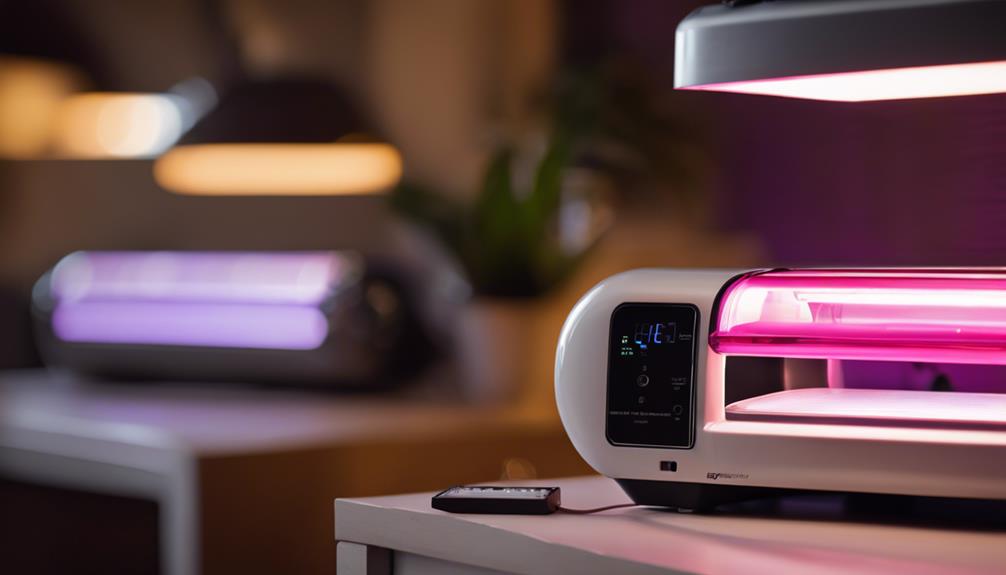
When comparing nail lamps and UV lamps, it's essential to consider the safety features that each type offers. Understanding the differences in safety measures can help you make informed decisions about which lamp is best suited for your needs. Let's explore how these safety features distinguish between the two lamp types.
Lamp Types
To distinguish between nail lamps and UV lamps based on safety features, examine the protective mechanisms each type offers. Nail lamps are designed with specific safety features that cater to the needs of nail technicians and clients. Here are some safety distinctions to consider:
- Automatic timer for precise curing times
- Overheat protection to prevent burns or discomfort
- Eye protection shields to block UV exposure
- Motion sensors to avoid accidental light exposure
These innovative safety features ensure a secure and comfortable experience during your nail treatments. By understanding the unique safety mechanisms of each lamp type, you can make an informed decision about which one best suits your needs and preferences.
Safety Measures
For optimal safety when using nail lamps and UV lamps, understanding the distinct safety features of each type is crucial. Nail lamps often come with built-in timers that automatically switch off after a certain period to prevent overexposure. Some advanced models also have motion sensors that activate the lamp only when you insert your hand, reducing unnecessary UV exposure. UV lamps, on the other hand, may have adjustable intensity settings to control UV output levels, allowing for a more tailored experience. Additionally, many UV lamps include heat dissipation features to prevent overheating during extended use. By being aware of these specific safety measures, you can make informed decisions to protect yourself while enjoying your nail treatments.
Cost Comparison
Comparing the costs of a nail lamp and a UV lamp can help you make an informed decision on which one to invest in for your nail care needs. When considering the cost difference between these two options, several factors come into play:
- Initial Investment: Nail lamps are generally more affordable upfront compared to UV lamps.
- Maintenance Costs: UV lamps may require more frequent bulb replacements, adding to long-term expenses.
- Energy Efficiency: Nail lamps are designed to be energy-efficient, potentially saving you money on electricity bills.
- Longevity: UV lamps may have a longer lifespan, offsetting their higher initial cost over time.
Frequently Asked Questions
Can a UV Lamp Be Used Interchangeably With a Nail Lamp?
Sure, a UV lamp can be used interchangeably with a nail lamp, but there are differences in wattage and timing. While both can cure gel polish, nail lamps are specifically designed for nails with lower wattage for safety.
Are There Any Health Risks Associated With Using Nail Lamps?
When using nail lamps, be cautious of potential health risks like skin damage or UV exposure. Protect yourself by using sunscreen, limiting exposure time, and following manufacturer guidelines. Prioritize your well-being while enjoying trendy nails.
Do Different Gel Types Require Specific Lamp Types?
You'd think all gel types would play nice with any lamp, right? Surprise! Some gels need specific lamp types for curing. Stay ahead with the latest tech to keep your nails looking fab.
How Long Do the Bulbs in Nail and UV Lamps Last?
Bulbs in nail and UV lamps typically last for 50 to 100 hours of use. To keep your lamps effective, consider changing bulbs every 6 months for optimal curing and results. Regular maintenance ensures longevity.
Are There Any Specific Maintenance Requirements for These Lamps?
Looking to keep your lamps in top shape? Regularly clean and inspect them for debris or damage. Consider upgrading to newer models with advanced features. Are you ready to elevate your nail care routine?

